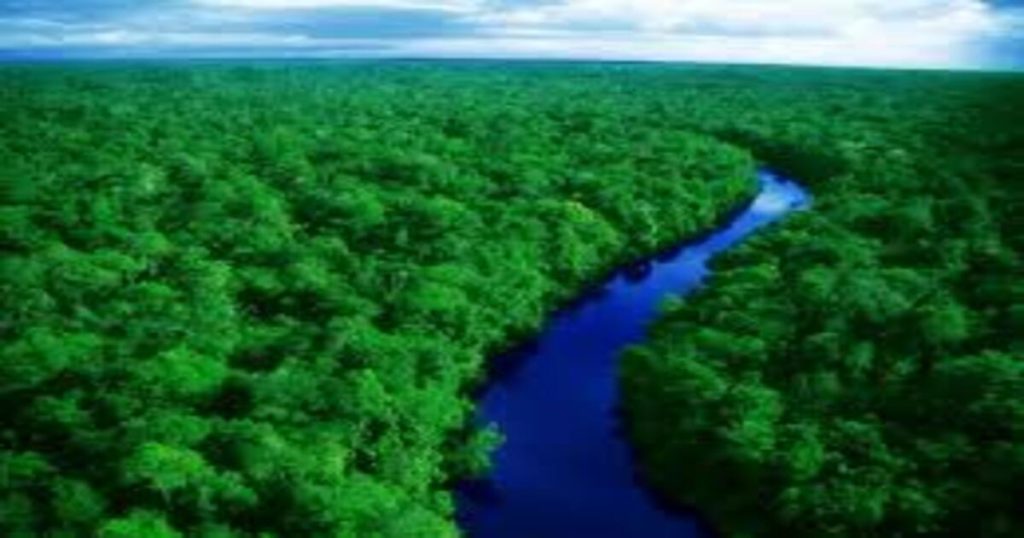
Brazil, often called the “lungs of the planet,” is home to the most biodiverse country in the world
The Call of the Brazilian Biodiversity
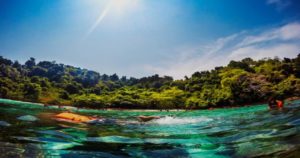
Imagine a place where adventure is written into every branch, river, and skyline—welcome to the most biodiverse country in the world: Brazil. A country that has redefined biodiversity, Brazil offers ecosystems so varied you could explore for a lifetime. For those who crave the thrill of the wild, Brazil is the ultimate destination, where prowling jaguars, iridescent birds, and vibrant landscapes await. Here, nature invites you to experience life at its most raw and vibrant. Let’s dive into why you should visit this biodiversity hotspot, what unique experiences await, and how to prepare for your trip!
For thrill-seekers and nature lovers, Brazil’s biodiverse landscape offers several unique regions, each presenting adventures that are as diverse as the ecosystems they support.
Time to update your Explurger bucket list!
- Amazon Rainforest: The heart of Brazilian biodiversity, offering a chance to explore vast rainforests and spot exotic wildlife.
- Pantanal: The world’s largest tropical wetland, known for its diverse ecosystems and the best place for wildlife watching, including jaguars.
- Iguaçu Falls: A breathtaking series of waterfalls that create a stunning natural spectacle surrounded by rich flora and fauna.
- Chapada Diamantina: A national park with stunning plateaus, waterfalls, and unique species, perfect for hiking and adventure.
- Fernando de Noronha: An archipelago known for its pristine beaches and rich marine biodiversity, ideal for diving and snorkeling.
- Atlantic Forest: A UNESCO World Heritage site home to countless endemic species, offering trails for hiking and exploring unique ecosystems.
- Lençóis Maranhenses National Park: Famous for its sweeping sand dunes and seasonal lagoons, this park is a unique landscape that highlights Brazil’s varied geography.
- Rio de Janeiro: Famous for its iconic Christ the Redeemer statue, Sugarloaf Mountain, and vibrant beaches like Copacabana, this city combines urban life with stunning natural beauty.
- Bonito: A paradise for eco-tourism, Bonito features crystal-clear rivers, caves, and diverse wildlife, perfect for snorkeling and adventure sports.
- Ouro Preto: A UNESCO World Heritage site, this historic town is known for its baroque architecture and rich history, surrounded by lush mountains and natural beauty.
HERE ARE SOME LESSONS IN ADVENTURE AND GEOGRAPHY!
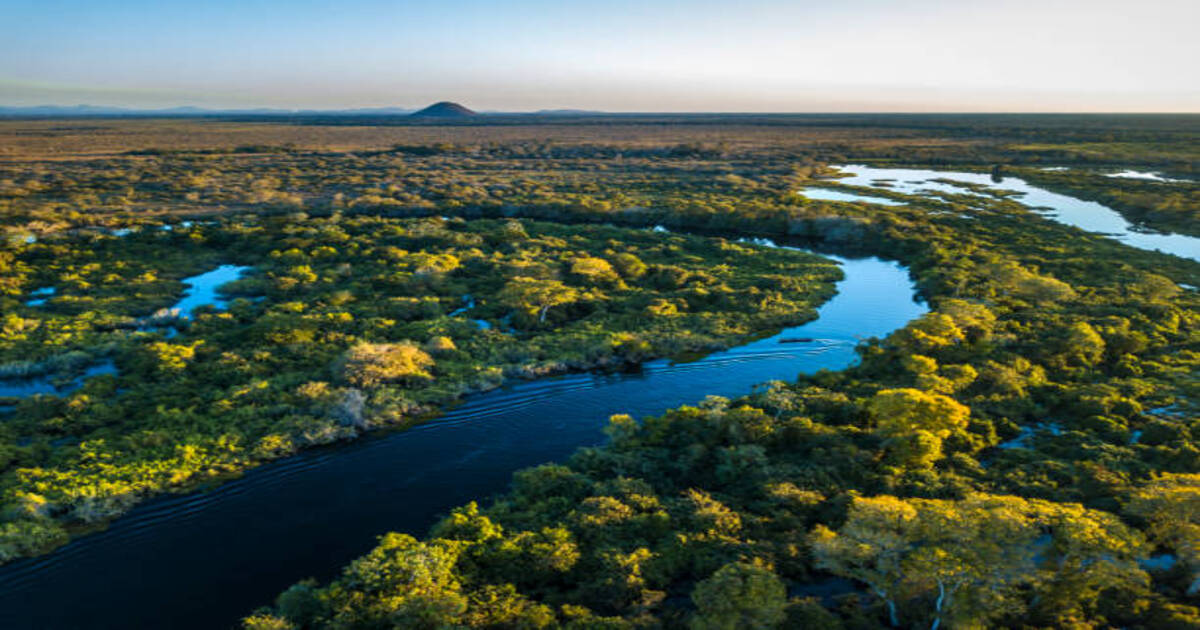 What Makes Brazil the Most Biodiverse Country in the World?
What Makes Brazil the Most Biodiverse Country in the World?
Brazil’s geography and climate have resulted in diverse ecosystems, including rainforests, wetlands, savannas, and coastal regions. This natural complexity nurtures millions of plant and animal species, many of which are endemic and unique to Brazil. According to the Convention on Biological Diversity (CBD), Brazil is a leading steward of this richness, safeguarding 15-20% of the world’s biological wealth.
Brazil’s geography spans both tropical and subtropical zones, which also contributes to its status among biodiversity countries in the world. The Amazon alone supports over 400 billion individual trees across 16,000 species. In fact, Brazil has more species of plants and vertebrates than any other country on Earth, not like that is it called the most biodiverse country in the world.
What are the Reasons to Visit Brazil’s Biodiverse Regions
- Unmatched Wildlife Encounters: Brazil’s ecosystems offer some of the best wildlife experiences. Imagine trekking through jungles, sailing down rivers, and encountering creatures from jaguars to toucans.
- Adventure Beyond Boundaries: From river cruises in the Amazon to safaris in the Pantanal, Brazil caters to adventurers of all types. The diversity of environments provides endless activities—hiking, snorkeling, birdwatching, and more.
- Rich Cultural and Tribal Heritage: Brazil’s indigenous tribes have lived harmoniously with nature for centuries. Visiting these regions provides a unique glimpse into ancient cultures and offers travelers a perspective on how local communities coexist with such rich ecosystems.
- Conservation Opportunities: Visitors to Brazil can support sustainable tourism initiatives that protect the environment. Many organizations offer eco-tours that directly benefit conservation efforts in these biodiverse areas.
What are the Precautions for Travelers Visiting Brazil’s Wild Places
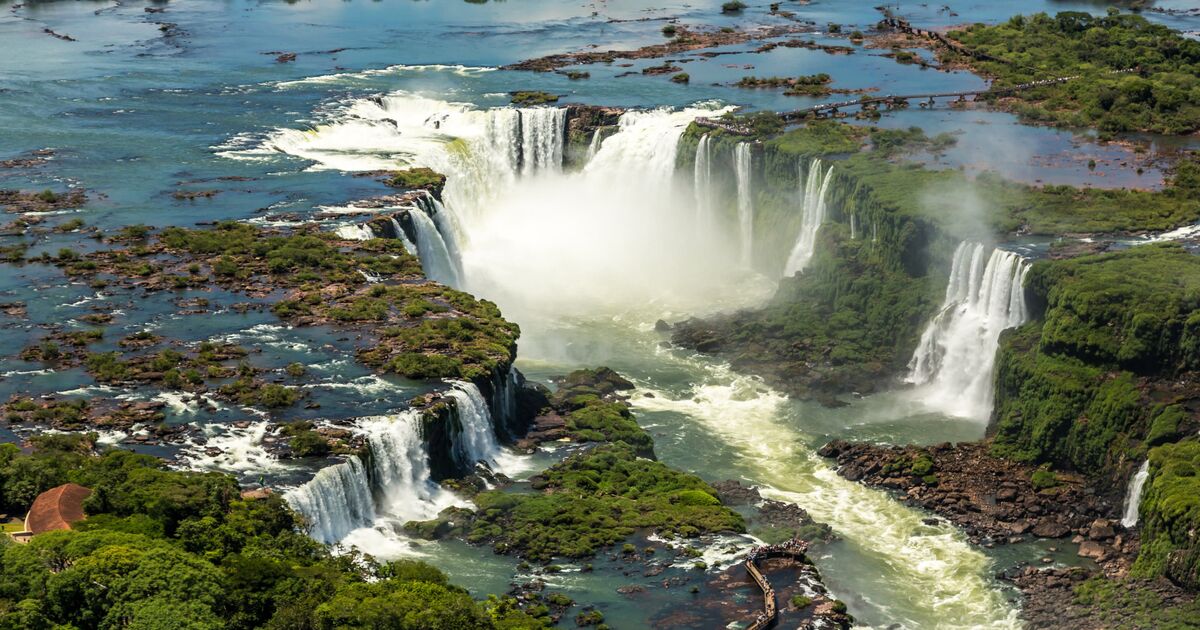
- Vaccinations and Health Precautions: Ensure you’re up-to-date with vaccinations, especially if traveling to forested or wetland regions.
- Hire Knowledgeable Guides: Given the diversity of flora and fauna, having a knowledgeable guide is invaluable. They can identify rare species, ensure safe interactions, and help you understand the ecosystems’ nuances.
- Environmental Responsibility: Respect the natural habitats. Avoid single-use plastics, and make sure to adhere to local rules to prevent damage to sensitive environments.
- Stay Prepared for Climate Variability: Brazil’s ecosystems range from wet rainforests to hot savannas, so pack accordingly. Waterproof clothing, sturdy hiking boots, and eco-friendly insect repellents are essential.
Here’s something you might wanna know about the most biodiverse country in the world:
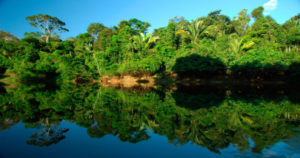
- Brazil is home to 60% of the Amazon Rainforest, the largest tropical rainforest in the world.
- The Amazon River, which flows through Brazil, crosses the equator twice, giving Brazil a river system in all four hemispheres—Northern, Southern, Eastern, and Western.
- Brazil hosts the world’s largest Carnival in Rio de Janeiro, a five-day festival attracting millions of people
- Brazil is synonymous with football (soccer) and holds a record five FIFA World Cup titles.
- Brazil has been the world’s leading coffee producer for over 150 years.
- Brazil is the only Portuguese-speaking country in South America, a result of the Treaty of Tordesillas, which divided the New World between Spain and Portugal in 1494.
Final thoughts: Most Biodiverse Countries in the World
As one of the most biodiverse countries in the world with significant ecological influence, Brazil’s ecosystems play an essential role in global climate regulation. Travelers eager for unique experiences and stunning landscapes are drawn to the Amazon’s dense rainforests, the Pantanal’s vast wetlands, and the Atlantic Forest’s misty mountains. By exploring Brazil’s biodiversity, tourists can see rare wildlife, engage in eco-tours, and support conservation efforts, combining the thrill of travel with environmental awareness. This connection allows people to experience Brazil’s diverse ecosystems firsthand while supporting efforts to protect them.
Brazil stands as a beacon of biodiversity, its landscapes teeming with life found nowhere else on Earth. Visiting Brazil is more than an adventure; it’s a chance to connect with the world’s natural wonders and become a steward of their preservation for generations to come.
FAQs about the most biodiverse country in the world
Why does Brazil have the highest biodiversity?
Brazil’s vast ecosystems, including the Amazon, Atlantic Forest, and Pantanal, create diverse habitats supporting numerous plant, animal, and insect species. The climate and geography allow for unique biodiversity.
What are some facts about Brazil's biodiversity?
Brazil hosts about 10–15% of known species, with the highest counts of mammals, plants, and freshwater fish, and a leading number of bird and reptile species.

